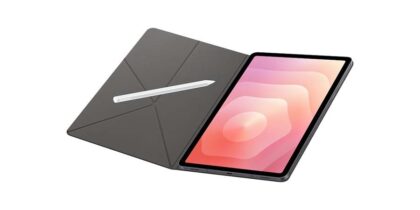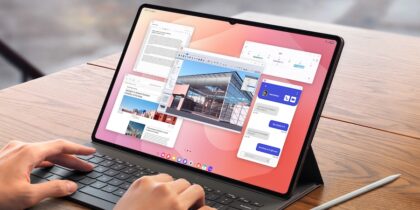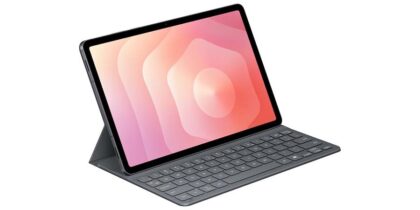You’ve heard all the stereotypes about millennials. They’re lazy, demanding, self-entitled job hoppers who want flexibility before they’ve earned it. They insist they know better than those who’ve been working for decades. Many of these sweeping generalizations have already been disproved, but some are spot on. Millennials don’t want to accept the status quo at work, and why should they? Modern technology has empowered them to change business like no other generation before them. They can create a millennial workplace where people of all ages can succeed.
Given the right tools and a little leeway, these innovative digital natives can usher your organization into the 21st century, driving innovation that helps your team work more efficiently, strike a better work/life balance and better serve customers.
Digital Natives Want Digital Workplaces
The millennial generation, born between 1980 and 2000, already makes up 25 percent of the workforce according to PricewaterhouseCooper’s (PwC) “Millennials at Work” study. By 2020, they’ll compose half. Many organizations are still struggling to attract and retain younger workers and they’re running out of time. Those who don’t crack the millennial code will soon find themselves short on both talent and profits.
For the most part, millennials want what everyone else wants from work: flexibility, a job they enjoy, a sense of purpose, and opportunities to develop and advance. The difference is in how they want to achieve these goals. Mobile devices and their users are the primary agents of change. By using the same technology that powers their everyday lives, young workers hope to drive communication and innovation in a digital workplace. Nearly 60 percent of millennials surveyed in PwC’s study said an employer’s “provision of state-of-the-art technology” was an important consideration when choosing a job. 78 percent reported being more effective at work when they have access to the technology they prefer.
Millennials’ affinity for technology isn’t surprising. They grew up in a digital world with instant access to information. This makes them the first generation to enter the workforce having mastered a key business tool, a distinct advantage over their more seasoned colleagues. While this is a source of tension in many organizations, it’s also a valuable opportunity for enterprises to catch up with those consumers who love technology just as much.
Building a Millennial Workplace: The CIO’s Challenge
To catch the best and brightest millennials, and to engage tech-savvy consumers of all ages, enterprises must put digital first. “People want to communicate via technology,” says Ed Abrams, vice president of demand generation at Samsung Business. “They want to leverage it to be successful. We as leaders have to think about that… and build an infrastructure that includes all this new technology, not just for millennials, but because your customers are using those same capabilities today. What you really need to think about is: how do you bring the experiences that we all have at home today into the enterprise?”
The fact is, if you don’t empower millennials with the tools they need to be successful, they’ll bring their own. About half of those surveyed by PwC said they routinely use their own technology at work.
This puts CIOs in a tough spot because all of these new devices and apps introduce threats into their organizations. Most people don’t take the same security precautions with their personal devices that enterprises do. So when users access corporate data via their smartphones or tablets, there’s a greater risk the information will be lost, stolen or hacked. For industries where data is highly regulated such as healthcare or finance, this could mean big fines and even bigger problems with customers whose information has been compromised.
Banning the use of mobile technology isn’t an option, at least not for companies that want to encourage innovation. “Millennials are going to make email obsolete,” says Abrams. “We’re going to communicate in real time through chat, through text, through visual capabilities, through things we haven’t even thought of yet. To attract millennials, you need to think differently about how you can empower your employees to deliver business results through nontraditional technologies… There’s no more, ‘Give them a laptop, give them a tablet.’ It’s about giving people new capabilities that they can invent with. CIOs are going to have to get comfortable with the fact that millennials are going to want to invent the solution, rather than accept the solution that exists.”
How can organizations give millennials the freedom to innovate and still protect their enterprise? They can build a secure digital platform on the right operating system, using the right devices. For example, both the Galaxy Tab® S and Galaxy S® 7 smartphone are protected by Samsung KNOX, and have already been used in industry with great success. Using a container system to separate work and personal data, KNOX’s dual-persona functionality stores and encrypts sensitive information where IT can find it. Meanwhile, users’ personal data remains private. This lets companies build a millennial workplace where both people and business can thrive.
Embrace the millennial mind shift by adopting mobile and wearable devices into your IT infrastructure. To see how wearable devices can benefit your organization, read the white paper.








